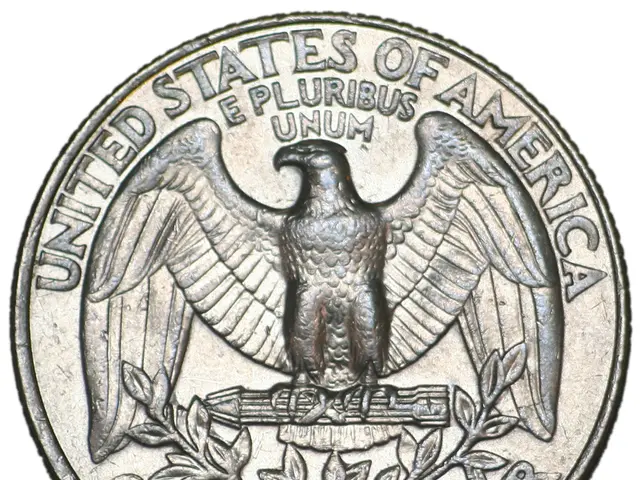U.S. Halts Manufacturing of Penny Coins - The U.S. suspends manufacturing of one-cent denomination currency.
END OF 1-CENT COIN PRODUCTION IN THE USA
After more than two centuries, the United States will cease the production of its penny. Although the coin remains legal tender for transactions, no new pennies will be minted starting early next year, according to multiple U.S. media outlets citing the Treasury Department and coin producers. The final order for penny production has been placed.
The cessation of production stems from high production costs, which surpass the value of the coin. In the future, businesses are expected to round prices up or down to the nearest 5-cent increment. President Donald Trump had previously advocated for the end of penny production due to its costs, with media reports indicating annual savings of approximately 56 million U.S. dollars, or approximately 50 million euros.
In contrast, Germany continues discussions regarding small change. Proposals include the abolition of 1- and 2-cent coins and instead using rounding. The "National Cash Forum," initiated by the Bundesbank, includes representatives from retail, banking associations, cash handlers, and consumer protection organizations, who cite excessive production costs as rationalization.
Several Eurozone countries have already implemented similar measures. In Finland, cash payments are rounded to the nearest 5-cent increment by law. Similar regulations exist in the Netherlands, Slovakia, Ireland, Italy, Belgium, and Estonia. However, these countries have not completely discontinued the smallest cent coins, which would require a decision at the European level.
As of now, there are no reported plans for the discontinuation of the euro cent coin in Germany or the European Union. The European Central Bank (ECB) and the European Commission have not made any public announcements regarding this matter. Any decision to discontinue the euro cent would likely necessitate a coordinated effort across the eurozone.
The community policy regarding small change may follow the U.S.'s decision to stop producing pennies, considering the high production costs associated with these coins. This could lead to a shift in employment policy for industries relying on coin production, as well as in the finance sector due to changes in expenditure and rounding practices.






